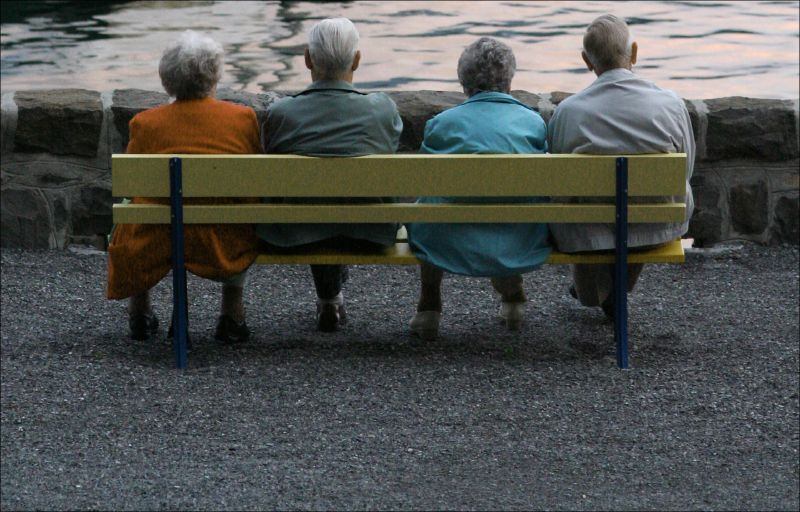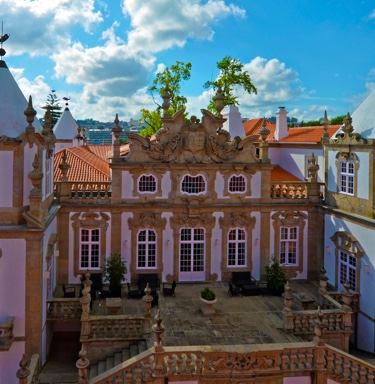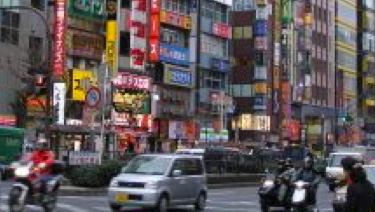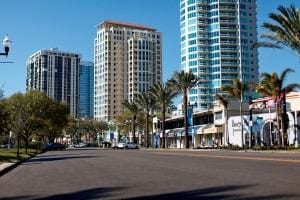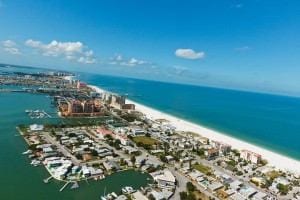 When Michelle da Silva Richmond first visited St. Petersburg, Florida the main draw of the retirement town was the Fountain of Youth. Today there’s a thriving Gulf city. Richmond reports in on the new Salvador Dali museum, the developing beaches and the complete St. Petersburg evolution.
When Michelle da Silva Richmond first visited St. Petersburg, Florida the main draw of the retirement town was the Fountain of Youth. Today there’s a thriving Gulf city. Richmond reports in on the new Salvador Dali museum, the developing beaches and the complete St. Petersburg evolution.
According to local lore, St. Petersburg, Florida got its name as the result of a coin toss between two of the area’s first “movers and shakers” in the late 19th century: Gen. John C. Williams of Detroit, who purchased 1,600 acres in what is now downtown in 1875 and Peter Demens (originally Pyotr Alexeyevitch Dementyev), a Russian immigrant who brought his small-gauge Orange Belt Railroad to the Gulf Coast. According to the story, they disagreed on a name for the new community so they left it to “chance.” Demens won, and he named the city St. Petersburg after his hometown in Russia.
Another Russian immigrant, Dr Van Bibber launched the area onto the international stage as a “healthy” vacation destination. After his paper: “Where Should a Health (sic) City Be Built” was presented at the April 1885 meeting of the American Medical Society in New Orleans, doctors prescribed the area as a cure for whatever ailed you. At that time hot springs and seaside spas were a popular cure and Dr. Bibber concluded that Point Pinellas, as it was known then, was the ideal location for the “world’s health city.” He extolled the benefits of the waters and the “delights of a winter climate which have no equal elsewhere.” The rest, as they say is history.
When I first visited St Petersburg in the early 1970s after my family moved there, it was predominately a retirement haven, to which the elderly and ailing (including my own grandmother) flocked from all over the U.S.
Once there, they became firmly entrenched in endless days of shuffleboard, card games, “early bird specials” at then popular Morrison’s Cafeteria and the inevitable trips to Webb’s City, a one-stop 1920s department store touted as “the World’s Most Unusual Drug Store.”
Dubbed the “Sunshine City,” its soft, sandy beaches, affordable housing and calendar promising 360 days of endless sunshine added to the allure. So convincing was that guarantee that the St. Petersburg Times was delivered gratis on any day without sunshine.
In the 1970s downtown St Petersburg wasn’t especially attractive and had an “empty” feel to it – punctuated, perhaps by the unoccupied green park benches lining Central Ave. Possibly the most interesting attraction at the time was the “Fountain of Youth” – a nod to Spanish conquistador Ponce de León’s search when he arrived in what is now Florida in 1513. This “fountain” complete with statues of the adventurer was drawn from a downtown well in 1889 close to the city’s signature Pier. Despite its popularity with tourists and locals alike, it was unceremoniously closed in 1975. Today the original “fountain” is actually a water fountain located behind Al Lang Stadium and the original well with its “magical waters” bubbles in the bay – out of reach to anyone in search of youth.





